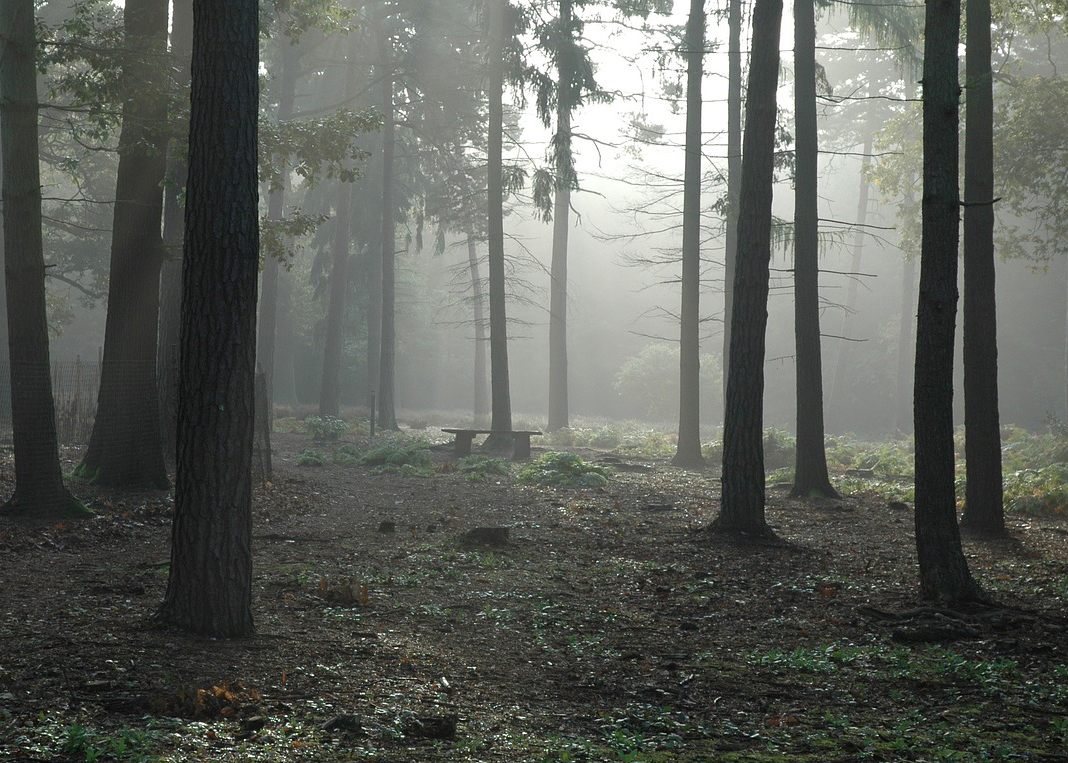The art of crafting a good scare is a delicate balance of creepy atmosphere, eerie setting, and a dash of psychological manipulation. Horror authors have long been masters of this craft, using their words to transport readers to a world of terror and suspense.
One of the most effective ways to create a sense of fear and unease is through the use of setting. A well-chosen setting can create a sense of foreboding and unease, setting the tone for the rest of the story. Take, for example, the classic horror novel “The Haunting of Hill House” by Shirley Jackson. The setting of the old mansion is expertly crafted to create a sense of unease and fear. The house is described as being “alive” and having a “malevolent” presence, which sets the tone for the rest of the story. The isolation of the house, located in a remote area, adds to the sense of vulnerability and fear, making it the perfect recipe for a good scare.
Atmosphere and mood are also crucial elements in creating a sense of fear and unease. Authors use descriptive language and imagery to draw the reader into the world of the story, making them feel like they’re right there with the characters, experiencing the fear and dread firsthand. In H.P. Lovecraft’s “The Shadow Over Innsmouth,” the atmosphere of the decaying seaside town is used to create a sense of unease and fear. The description of the town’s crumbling buildings, the smell of saltwater and decay, and the sound of the sea all contribute to a sense of foreboding and dread. The result is a sense of immersion and presence, as if the reader is right there with the characters, experiencing the fear and unease.
Symbolism is another powerful tool in the horror author’s arsenal. Authors use symbols and imagery to create a sense of meaning and significance, adding depth and complexity to the story. Symbols can also be used to create a sense of unease and fear, as they can represent things that are unknown or unknowable. In Stephen King’s “The Shining,” the Overlook Hotel’s room 217 is a symbol of the horrors that await the characters. The room is described as being “haunted” and having a “malevolent” presence, which sets the tone for the rest of the story.
But what really gets under the skin is when authors use setting to create a sense of claustrophobia and confinement. Those small, enclosed spaces that make you feel like you’re trapped and can’t escape are the stuff of nightmares. In Edgar Allan Poe’s “The Pit and the Pendulum,” the narrator is trapped in a small, dark room, which creates a sense of claustrophobia and fear. The result is a sense of suffocation and panic, as if the walls are closing in and the air is growing thick with tension.
In the end, horror literature is a masterclass in crafting a sense of fear and unease in readers. The use of atmosphere and setting is a crucial element in this, as it can transport readers to a world of terror and suspense. Whether it’s a creepy old mansion, a decaying seaside town, or a haunted hotel room, the setting and atmosphere of a horror story can be just as terrifying as the monsters and ghosts that inhabit it.





